
Blueprint to the Digital Economy
Creating Wealth in the Era of E-Business
Recommendation
Drawing this blueprint to the digital economy required the combined labors of three editors (Don Tapscott, Alex Lowry and David Ticoll) and various expert authors from academia, research and corporate leadership. The 20 essays that make up the book focus on industrial transformation, new rules for competing in the e-age, the computer-based network model and changes in government structure and policy in a networked world. The high-level authors contribute thoughtful articles, though some ideas overlap and some thick spots of techie language and academic theorizing emerge along the way. More problematic, since the e-commerce environment changes so quickly, the book has a slight air of déja-vu. Its discussion of emerging trends freezes in flight and becomes a kind of fluid history of a particular time in e-business’ evolution. Still, getAbstract recommends this book - for the fascinating movement it captures - to the general reader interested in business- and information-age topics and to top managers.
Summary
About the Authors
Don Tapscott is the author of The Digital Economy, Growing Up Digital and Paradigm Shift. He is an authority on informational technology. He is chairman of the Alliance for Converging Technologies, where Alex Lowry is managing partner and David Ticoll is president. All three are consultants and speakers.



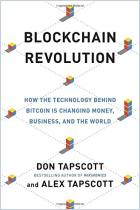

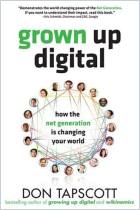

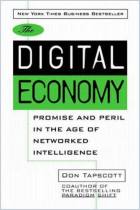

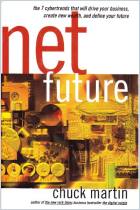
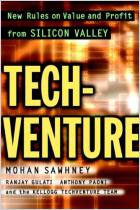
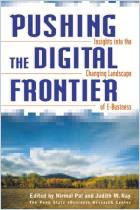
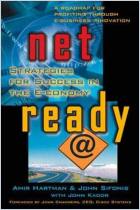



Comment on this summary